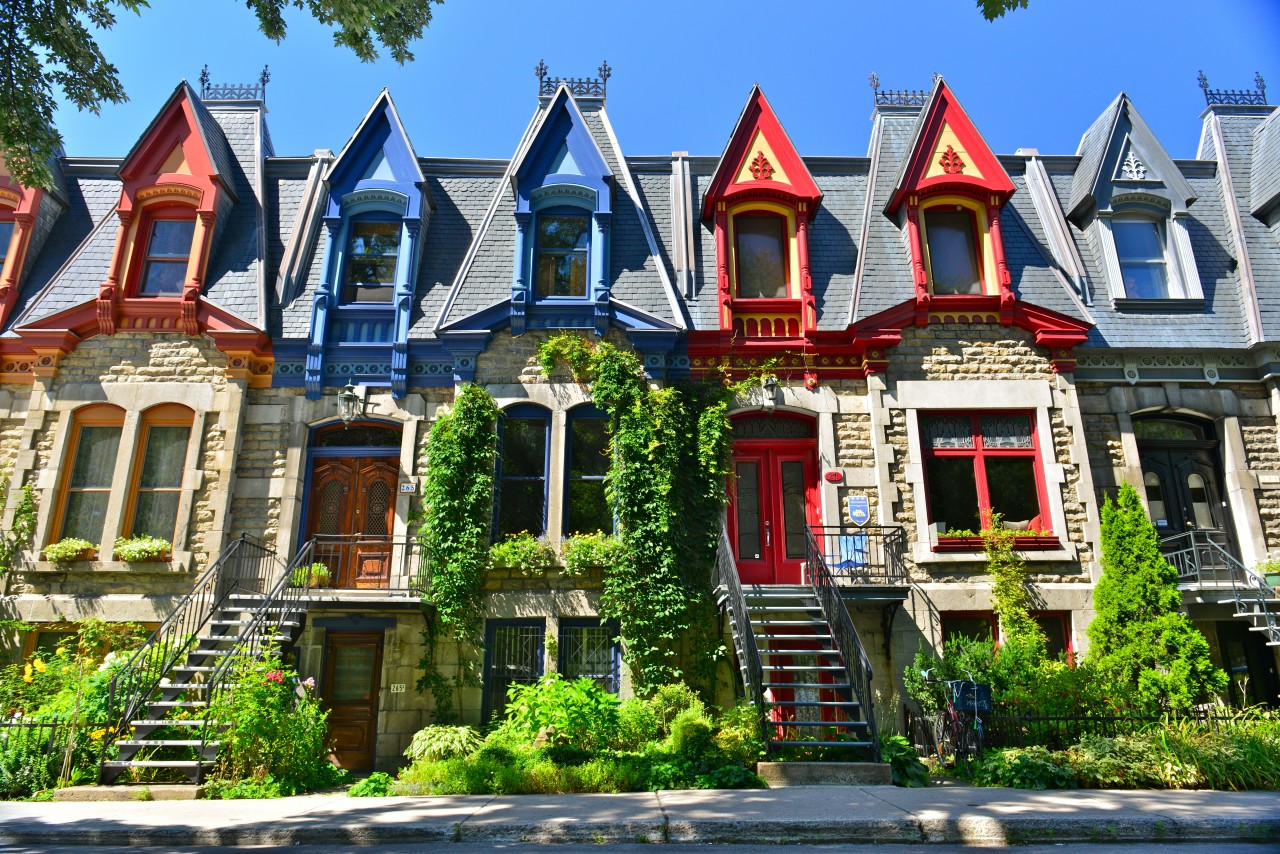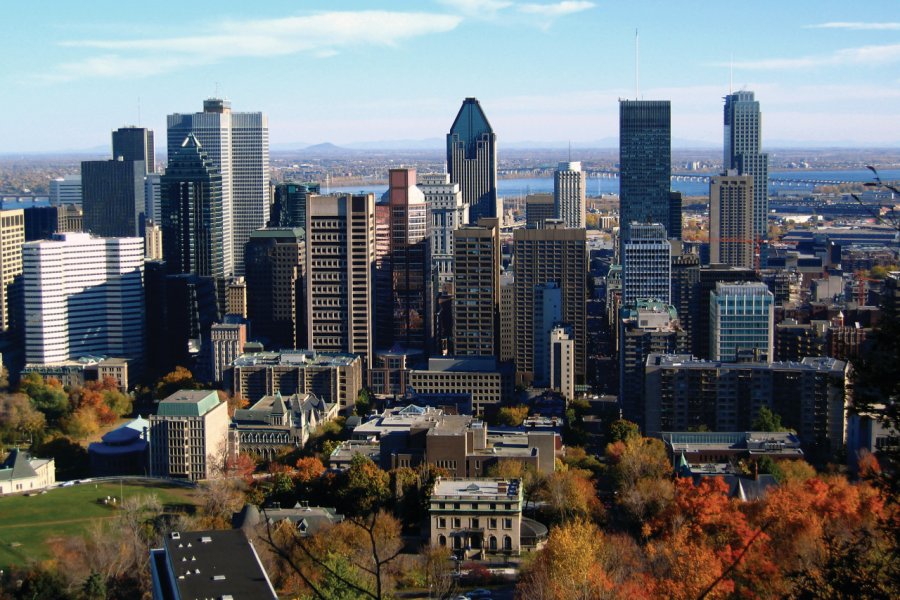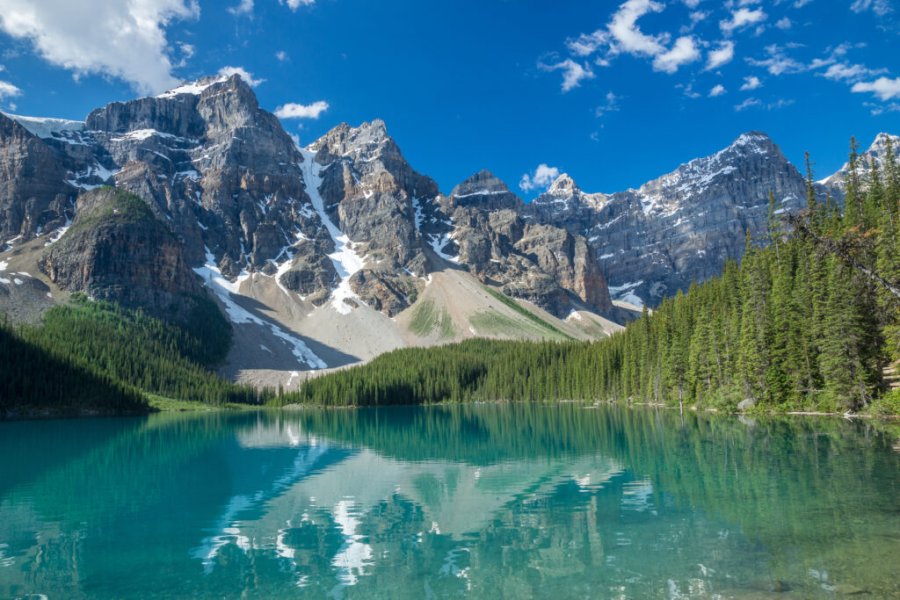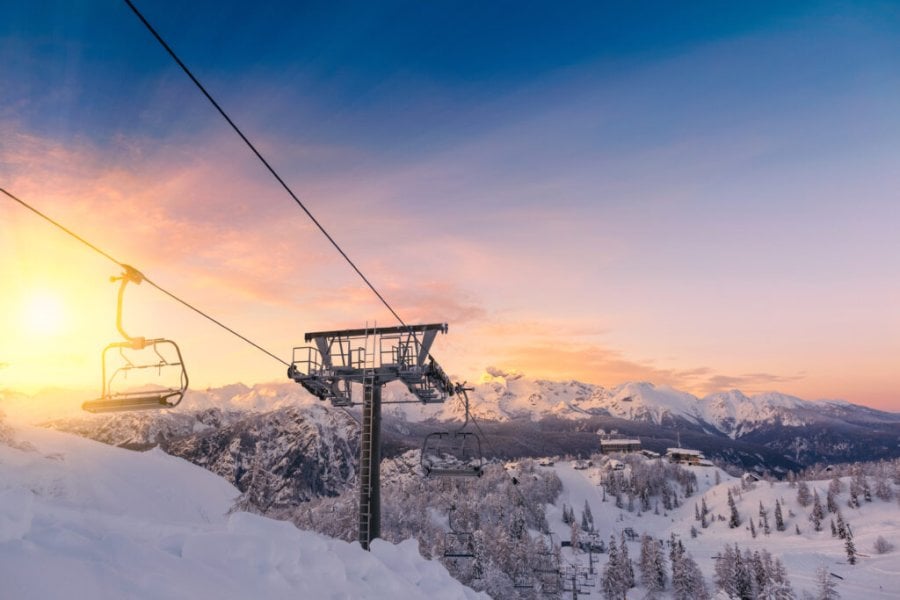A great weekend in Montreal
Highlights of the trip
During your stay you can enjoy the following highlights: Culture / Heritage, Discovery.
Best times to go
The best time(s) to go is/are : Printemps, Eté.
The map of your stay "A great weekend in Montreal"
Detail of the stay : A great weekend in Montreal
How to get there
Mount Royal and Sherbrooke
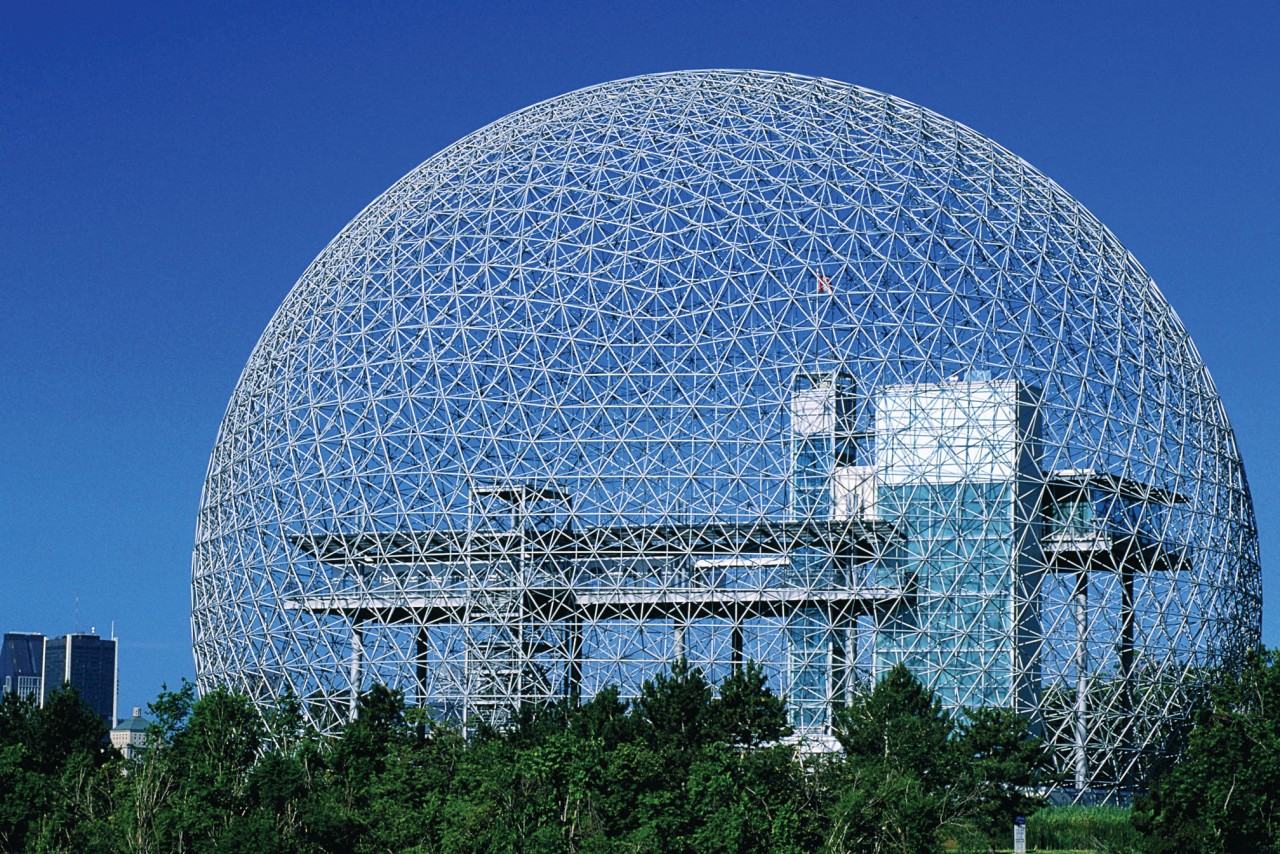
Steps: Montréal
Morning: To discover the geography of the city and fill your lungs with fresh air, climb up to the belvedere of Mount Royal (on foot, by bus or taxi, depending on your shape and your means). Don't forget your camera! A true haven of nature in the heart of the city, you will forget the hubbub of the city. Depending on the season, explore the trails on foot, by snowshoe or on cross-country ski (rental on site).
Lunch break and afternoon: Head to Saint- Laurent Boulevard, known as La Main, and explore the area between Mount Royal and Rue Sherbrooke. A true ethnic concentration is waiting for you! For lunch, you will be spoiled for choice, but we advise you to taste a smoked meat at Schwartz's whose reputation has been well established. Numerous shops of all types also mark out La Main, not to forget the bars and nightclubs that make it a highlight of Montreal nightlife.
Dinner and evening: Go to the Latin Quarter, the trendy district of the metropolis. Restaurants, bars and artisanal brasseries follow each other without interruption on Saint-Denis Street, between Maisonneuve and Sherbrooke, as well as in Ontario. You can choose to spend the evening there, or migrate to the Gay Village, famous for its nightlife and its after open to all, or towards Le Plateau Mont-Royal, a perfect destination for students, trendy young people and fashionistas.
Old Montreal
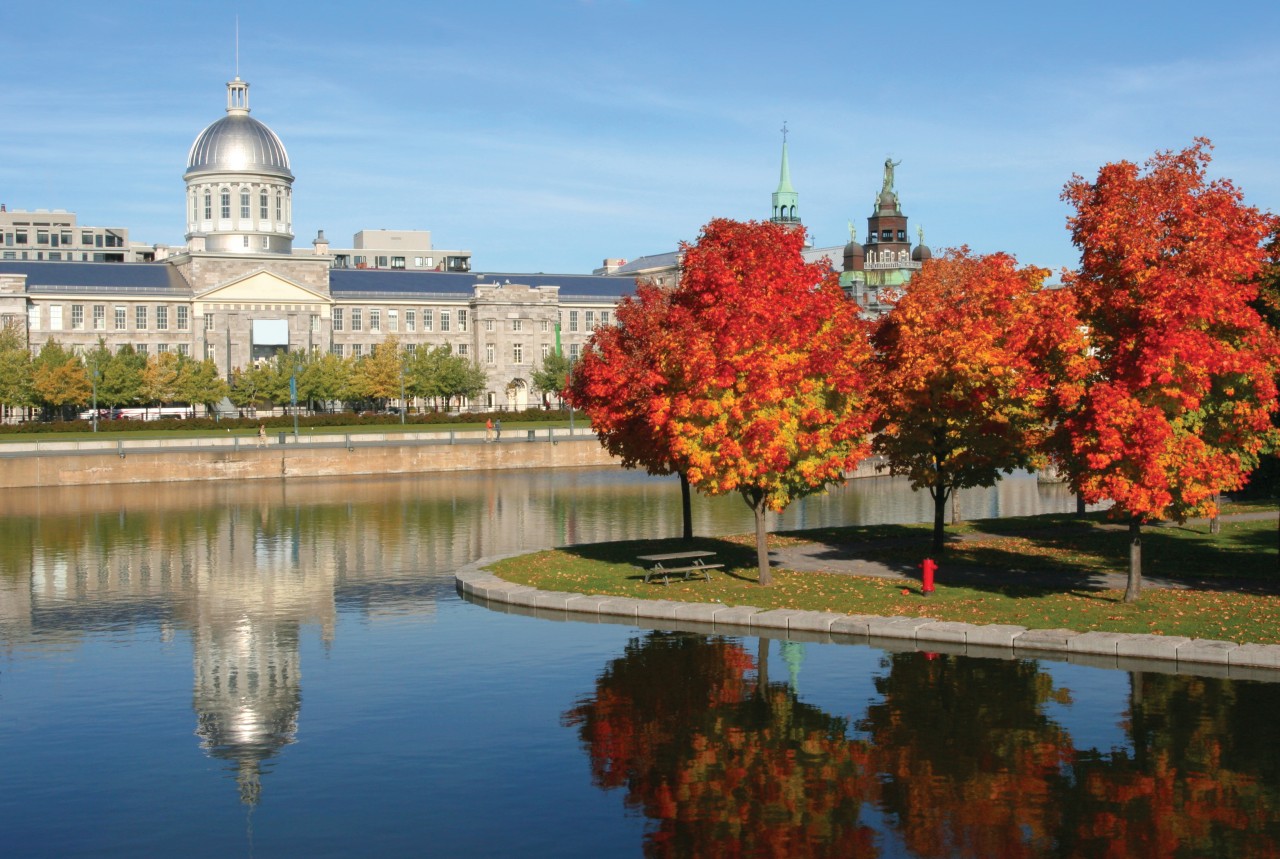
Steps: Montréal
Morning: Historic site of importance, site of the foundation of the metropolis and the capitulation of New France, Old Montreal is worth a whole day. From the Champ-de-Mars metro station, head to the eastern part of the old city. Marguerite-Bourgeoys Museum and the Notre-Dame-de-Bon-Secours Chapel are located there with, right opposite, at Rue Bonsecours, the oldest houses of Montreal as background. A few steps away, the Marché Bonsecours is home to Quebec artists and craftspeople. It is a perfect place to find souvenirs and art objects.
Lunch break and afternoon: Depending on your tastes and budget, you will find a succession of restaurants at Saint-Paul Street, notably near the Place Jacques-Cartier. Take Saint-Paul eastward towards Pointe-à-Callière, Montreal's City of Archeology and History. Fascinating and very fun, it will lead you underground to the heart of the city's first foundations. Go up to the north where the Notre-Dame Basilic, a neo-Gothic architecture masterpiece, is located. To end the afternoon on a sweet note, good addresses for a happy hour abound, including Jardin Nelson and Terrasses Bonsecours in summer.
Dinner and evening: Regardless of the restaurant you choose, there is a rule to remember: be careful of tourist traps, check first the rates of the menus. In the evening, explore the Old Port, which offers you an array of activities and events in every season.
Places of interest : BASILIQUE NOTRE-DAME DE MONTRÉAL MUSÉE MARGUERITE-BOURGEOYS POINTE-À-CALLIÈRE CITÉ D'ARCHÉOLOGIE ET D'HISTOIRE
